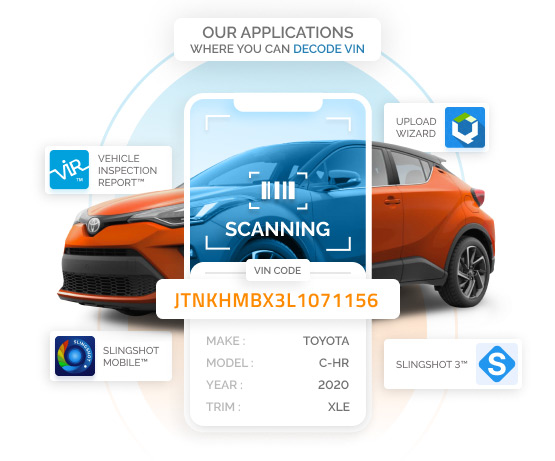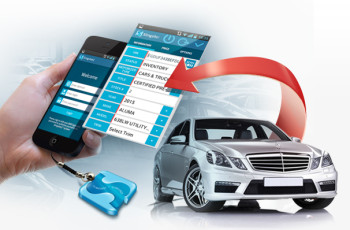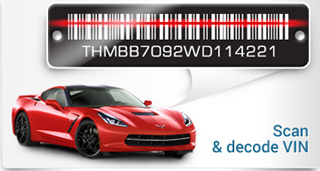Deciphering Vehicle DNA: The Breakthroughs in VIN Decoder Technology

At the intersection of the automotive and technology sectors, VIN decoder technology is steadily carving a niche for itself. These simple but powerful tools, which translate Vehicle Identification Numbers (VINs) into detailed vehicular insights, have undergone remarkable evolution. Journey into the latest innovations in this realm and discover how they’re enhancing automotive operations globally.
1. Enhanced Data Layers: Comprehensive Vehicle Profiling
While early VIN decoders offered basic information, today’s advanced platforms dive deep. From a vehicle’s manufacturing history to its feature specifics, the data layers have expanded exponentially. A report by the Automotive Technology Review reveals that modern decoders provide up to 150 individual data points per vehicle.
Automotive analyst, Rajesh Malik, comments: “VIN decoders today are like seasoned detectives. They delve deeper, revealing nuances and details about vehicles that were previously overlooked.”
2. Integration with Advanced Imaging: Visual VIN Verification
Blending technology with optics, some of the cutting-edge VIN decoders now incorporate image recognition. By merely scanning a vehicle, they can verify and decode the VIN, ensuring accuracy and minimizing human error.
Tech enthusiast and dealership owner, Clara Osborne, notes: “The blend of imaging with decoding is groundbreaking. It ensures data accuracy while streamlining our operations.”
3. Machine Learning and Predictive Analysis: Anticipating Needs
Machine learning algorithms have found their way into VIN decoder platforms. By analyzing vast datasets, these decoders can now offer predictive insights, such as anticipated maintenance schedules or potential future recalls.
Data scientist in the automotive industry, Dr. Felix Grant, observes: “By integrating machine learning, VIN decoders are not just reacting to inputs; they’re proactively offering insights. It’s transformative.”
4. Seamless API Integrations: Bridging Systems
Modern VIN decoders are designed for integration. With seamless API capabilities, they can effortlessly sync with dealership management systems, customer relationship tools, and other platforms, ensuring smooth data flow across ecosystems.
Software developer and integrator, Lily Zhang, shares: “It’s all about interconnectedness. The ability to integrate VIN decoders with other platforms streamlines processes and enhances operational efficiency.”
5. Enhanced Security Protocols: Guarding Digital Assets
With rising cybersecurity threats, advanced VIN decoders are fortified with top-notch security protocols. From encrypted data transfers to multi-factor authentication, they ensure that the data remains secure and uncompromised.
Cybersecurity expert, Neil Fontaine, states: “In the digital age, information is invaluable. The robust security measures in VIN decoders reflect an industry-wide commitment to safeguarding this data.”
Decoding a vehicle’s identity and history has never been more intricate or insightful, thanks to the strides in VIN decoder technology. These advances promise not only enhanced efficiency for automotive businesses but also elevated trust and transparency for consumers. As the road ahead unfolds, VIN decoders, equipped with their state-of-the-art innovations, are set to lead the convoy, driving the industry toward a future marked by precision, integration, and security.





 Search ads
Search ads Mobile ads
Mobile ads